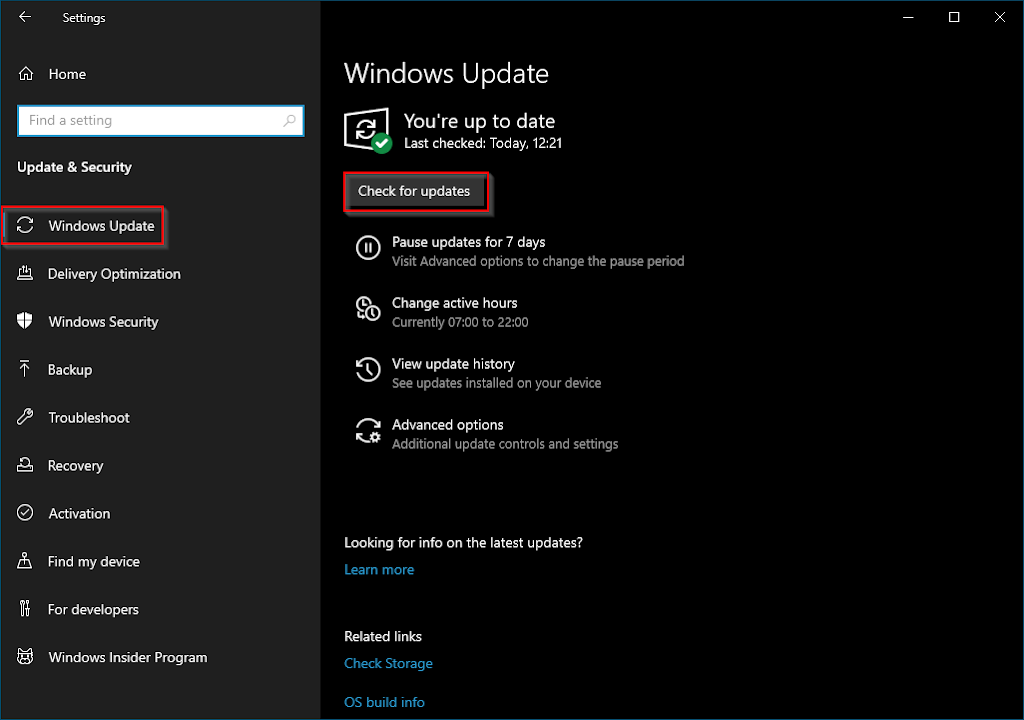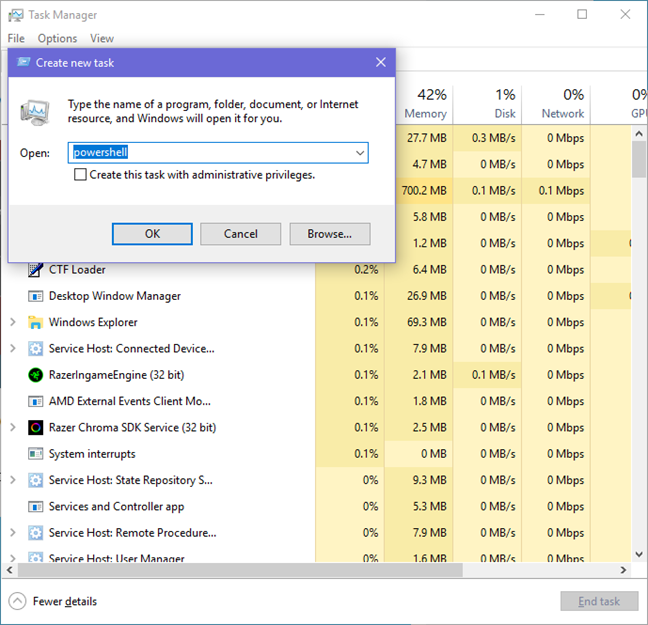

- #POWERSHELL DISPLAY MENU TO USER HOW TO#
- #POWERSHELL DISPLAY MENU TO USER INSTALL#
- #POWERSHELL DISPLAY MENU TO USER CODE#
- #POWERSHELL DISPLAY MENU TO USER WINDOWS#

You can create a debug configuration file following these simple steps: There is another way to debug PowerShell files that add some additional features to the debug experience.įor example you can choose if you want to debug the script in an interactive session or into a PowerShell host process running on your PC. ps1 file in VS Code, set a break point (with the click on bar with the mouse or pressing F9 to the line of code) and press F5 to start a debug session. Since the version 1.9 you can debug single file without open the containing folder of the script. If you want to try them with some example scripts, you can click on the menu File->Open Folder or hit Ctrl+K Ctrl+O quickly and navigate to this folder:Įnter fullscreen mode Exit fullscreen modeīecause you have added the language name, the other languages are not affected with these behaviors. Now you are ready to play and work with PowerShell and Visual Studio Code. If you click on it, the same command pallet appears on the top bar. You can also select the PowerShell version from the green PowerShell icon on the bottom right of your editor. Now you can choose the right version of PowerShell from the dropdown. If you have to choose a particular version for your script, you can open the command palette ( Ctrl+Shift+P or Cmd+Shift+P on Mac) and write PowerShell: Show Session Menu.
#POWERSHELL DISPLAY MENU TO USER INSTALL#
You can install on your machine PowerShell Core side-by-side with PowerShell Vx. The editor opens a side bar Extensions with the PowerShell extension selected.Ĭhoose the version of PowerShell for your session
#POWERSHELL DISPLAY MENU TO USER CODE#
Launch Visual Studio Code and press Ctrl+P ( Cmd+P on Mac). To install PowerShell Core on these platforms, you can follow the installation instructions directly from the Microsoft website:
#POWERSHELL DISPLAY MENU TO USER WINDOWS#
On Windows you can also PowerShell v3 and higher. PowerShell Core is supported by Linux, OSx and Windows and you can use Visual Studio Code extension for PowerShell in all of these releases. The reason is really simple: Visual Studio Code is more powerful than PowerShell IDE. Since many years, almost four, I started using Visual Studio Code to edit every kind of files, including PowerShell files. It worked very well, but it looked like "old". Import-Csv txt.Whether you're a developer or an it pro, you definitely have to deal with Powershell sometimes.įor several year I used to develop PowerShell script into PowerShell ISE. $host.ui.PromptForChoice($title, $message, $options, 0) $Option4 = New-Object .ChoiceDescription "Quit" $Option3 = New-Object .ChoiceDescription "test3.txt" $Option2 = New-Object .ChoiceDescription "test2.txt" $Option1 = New-Object .ChoiceDescription "test.txt" $Filepath = Read-Host -Prompt 'Please Enter File Path' You could also use Host.ChoiceDescription to build and show the menu for you. Rather than using a loop, the other option is to have the 'menu' function call itself to show the menu again after you've completed the parsing. Import-Csv txt.file -Delimiter '|' -Header '1' ,'2' | Out-GridView Show-Menu $selection = Read-Host "Please make a selection"

Write-Host "3: Press '3' for parsing test3.txt" Write-Host "2: Press '2' for parsing test2.txt" Write-Host "1: Press '1' for parsing test.txt"
#POWERSHELL DISPLAY MENU TO USER HOW TO#
I'm not understanding how to only show the first menu, then once user input is submitted jump to second menu, and once user selects and file is parsed - come back to second menu until "Q". One user selects option it will output file and then restart from Menu 2 Menu 2 - Once user input is done I would have a second menu that would prompt user to pick which file to parse Then based on file path I will cd into the directory I'm trying to create an interactive PowerShell script that will do the following:


 0 kommentar(er)
0 kommentar(er)
